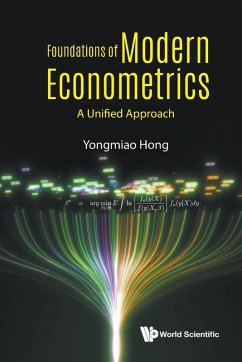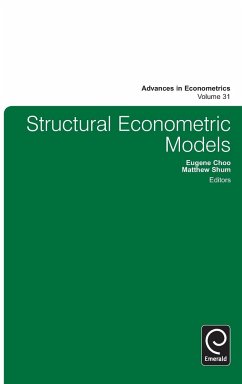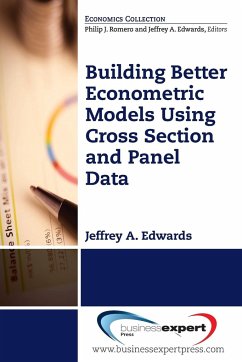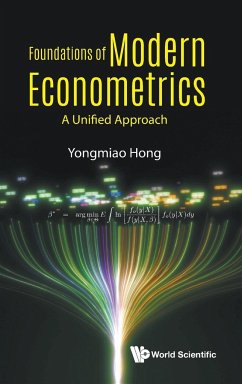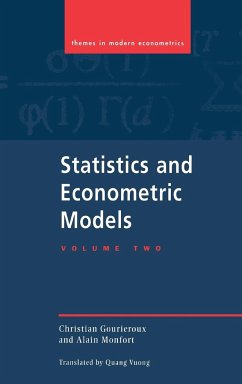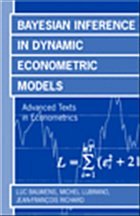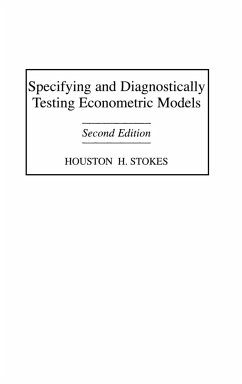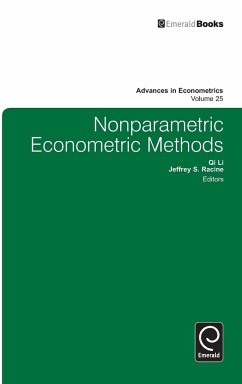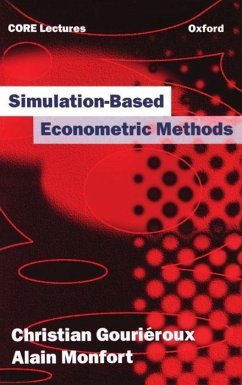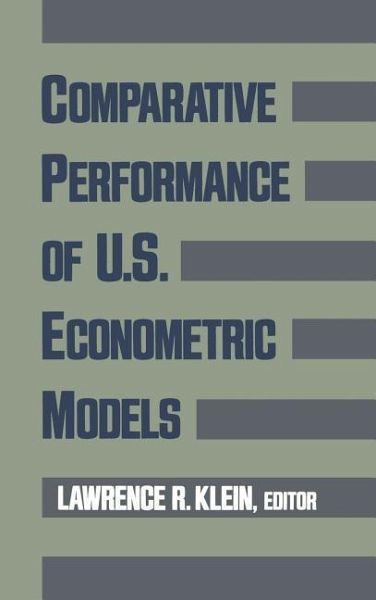
Comparative Performance of U.S. Econometric Models
Versandkostenfrei!
Versandfertig in 1-2 Wochen
93,99 €
inkl. MwSt.

PAYBACK Punkte
47 °P sammeln!
* Lawrence Klein won the Nobel Prize in Economics for his original work in developing models One of the most important, and visible, things economists do is to forecast what will happen in the economy in the future. Each year a number of different groups in the US use their own econometric models to forecast what will happen to the economy in the coming year. Some forecasts are more accurate than others. This book consists of chapters by distinguished economists comparing the different models now being used. It is organized topically rather than by model. The contributors include: Roger Brimmer, Ray Fair, Bert Hickman, F. Gerard Adams, and Albert Ando. Lawrence Klein provides an introduction to the volume.
This volume compares strategic properties of the leading macroeconometric models of the United States. It summarizes the work of an ongoing seminar supported by the National Science Foundation and chaired by Lawrence R. Klein of the University of Pennsylvania. The Seminar meets three times annually. Comparisons are made across models for such characteristics as conventional multipliers (fiscal, monetary, and supply side shocks), J-curve response to dollar depreciation, and forecast performance under consistent assumptions. There are in-depth comparisons of some models and investigation of use of high frequency information to improve forecasts. There are also analyses of the sources of forecast error. The core structures of models, especially their ISLM cores, are compared. The volume contains one chapter on comparison across models of different developing countries. In addition to the contributions by participating model builders who meet regularly, the book contains critical appraisals by outsiders. The contributors include many distinguished economists in model use and analysis. Many are operators of the countries best known modelling facilities. The introduction was written by Lawrence R. Klein, winner of the Nobel Prize in Economic Science in 1980, for his work in construction and use of econometric models.



